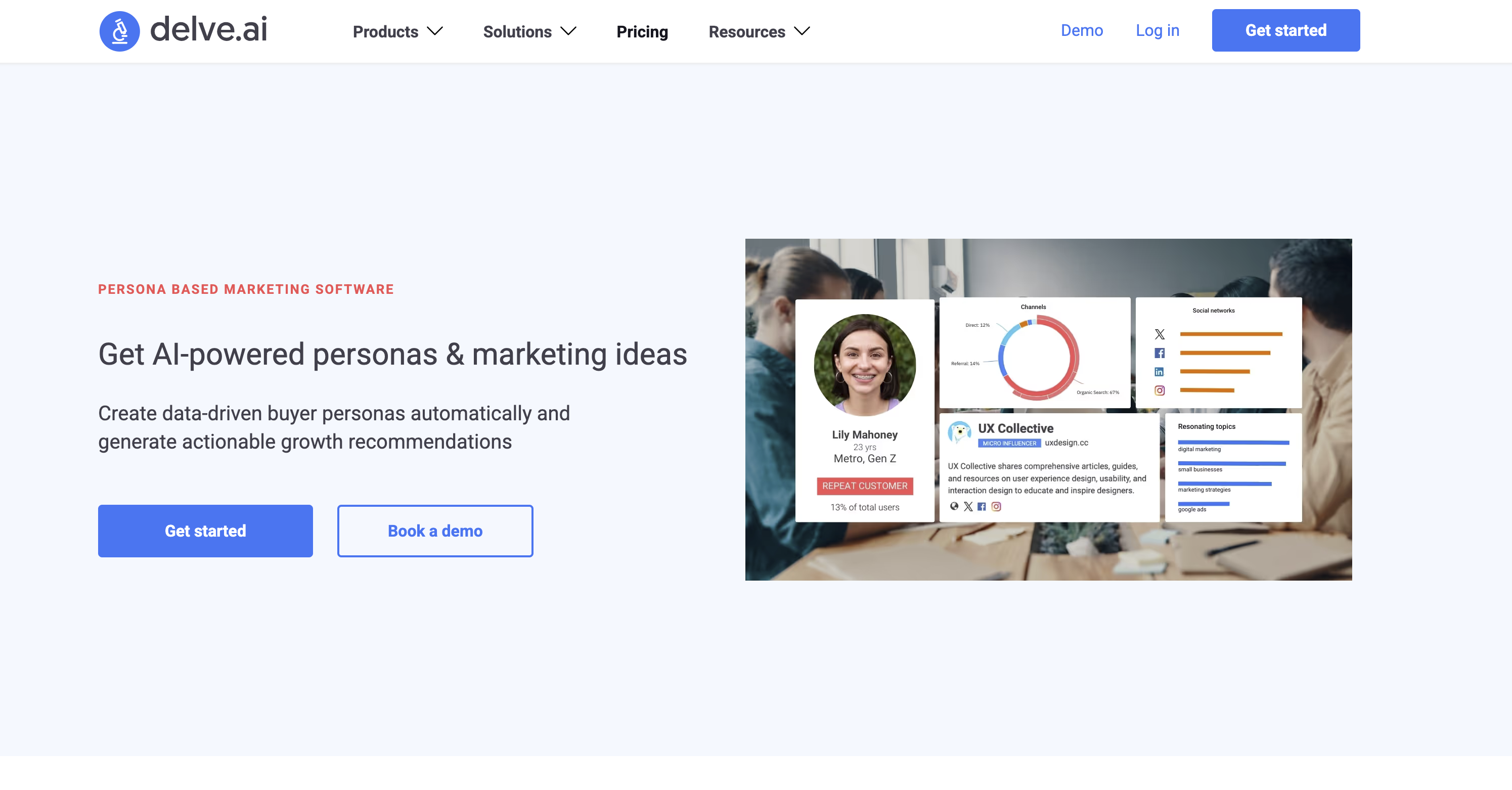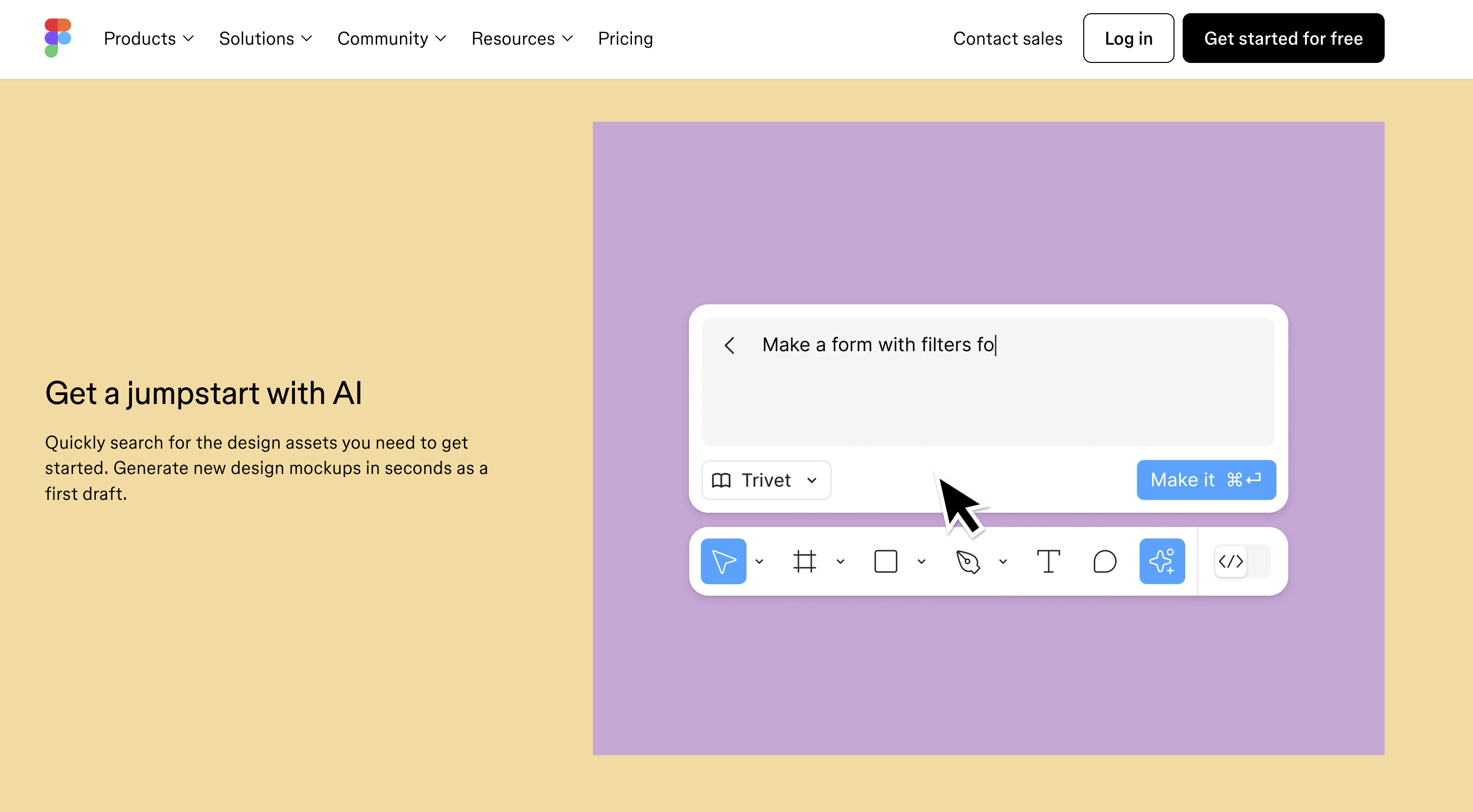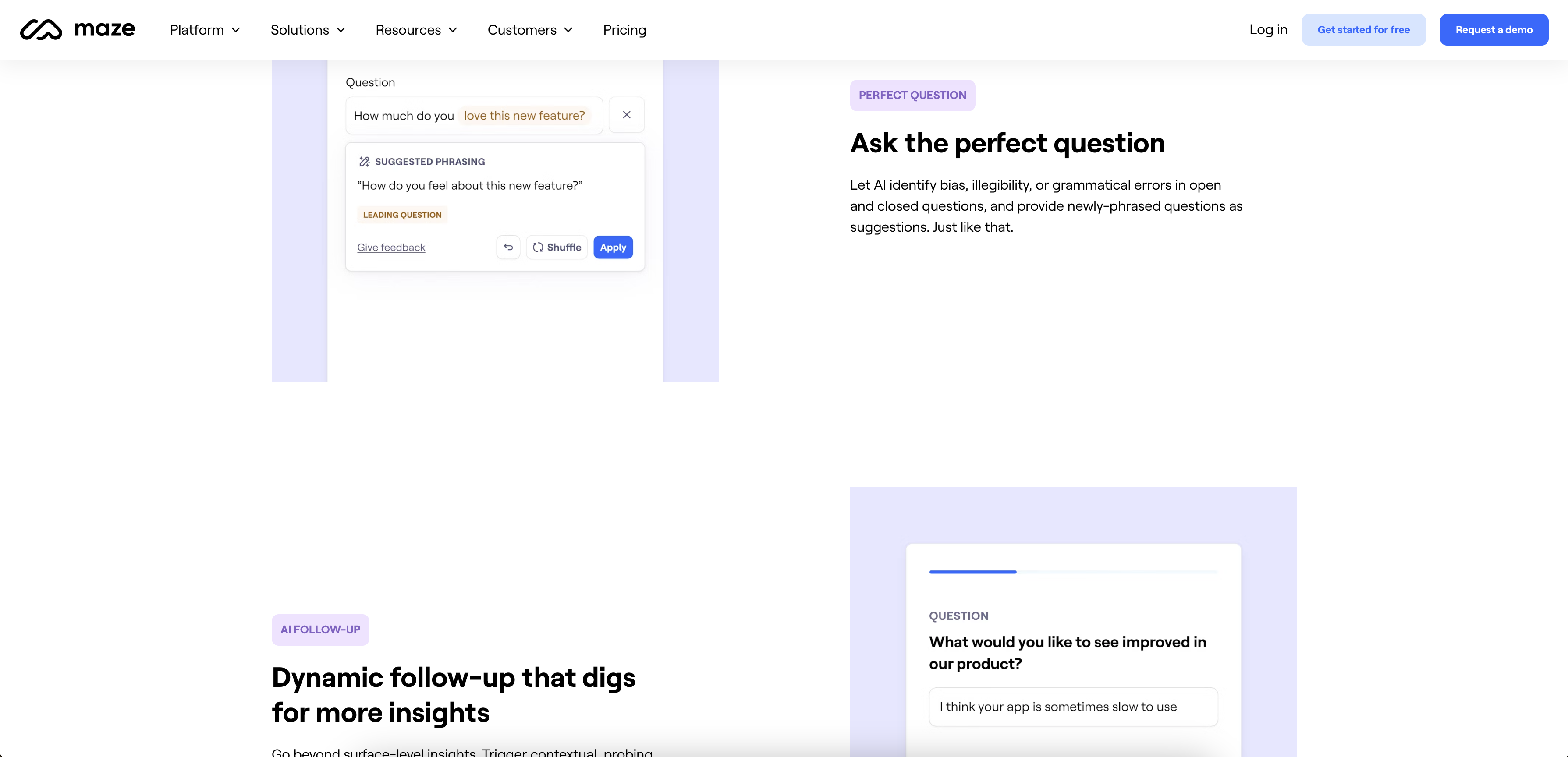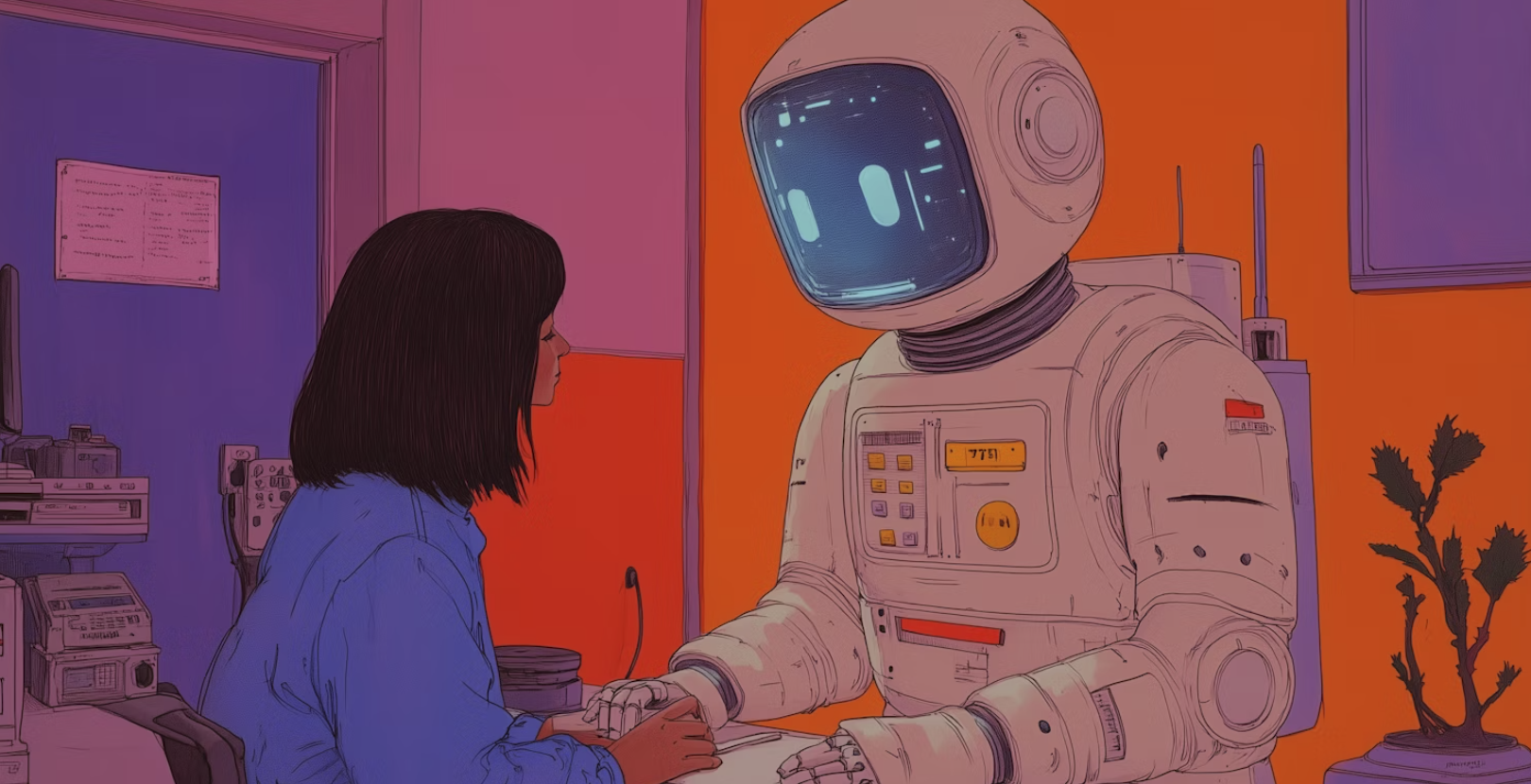AI is no longer just a tool for automation—it’s becoming an integral part of UX design, enabling designers to research, prototype, personalize, and test experiences faster and smarter.
With AI-driven UX tools evolving rapidly, designers now have unparalleled insights, predictive capabilities, and automation power, allowing them to deliver hyper-personalized, data-driven experiences.
1. AI-Powered User Research & Feedback Analysis
Where We Are Now
User research has traditionally been time-consuming and data-heavy. In 2025, AI has streamlined the process with tools that analyze sentiment, identify behavioural patterns, and generate actionable insights—in real time.
Key AI Tools in 2025
UserLeap (now Sprig) – AI-driven micro-surveys that analyze user sentiment instantly.
Qualtrics XM AI – Advanced AI-powered survey analytics that extract deep behavioural patterns from responses.
Delve AI – Automates user behaviour mapping by analyzing real-time interactions and predicting future actions.

Why This Matters
🔹 AI eliminates manual data crunching, providing instant actionable insights.
🔹 Predictive analytics help teams anticipate user needs, improving product decision-making.
🔹 AI-powered feedback clustering identifies recurring pain points faster, reducing UX blind spots.
2. AI in Persona Development: Moving Beyond Assumptions
Where We Are Now
Traditional user personas were often based on limited data and educated guesses. AI is now making personas more dynamic, constantly evolving based on real-world user interactions.
Key AI Tools in 2025
Crystal – Uses AI to analyze personality traits based on communication styles, creating highly accurate, data-driven user personas.
People.ai – Leverages behavioural engagement data to refine target audience insights and enhance user segmentation.
UXPressia AI – Generates dynamic personas that evolve as user behaviours change.
Why This Matters
🔹 AI-driven personas adapt in real-time, making them more accurate and actionable.
🔹 Behavioural AI models identify emerging trends, allowing designers to personalize experiences proactively.
🔹 Eliminates outdated persona assumptions, replacing them with data-backed insights.
3. AI in Design & Prototyping: From Sketch to Interface in Seconds
Where We Are Now
AI is making design faster, smarter, and more intuitive. AI-driven tools can now convert sketches into interactive prototypes, generate design components, and even suggest UX improvements.
Key AI Tools in 2025
Figma AI – Now includes AI-powered UI suggestions, automatically improving layouts, colors, and usability.
Uizard – Instantly transforms hand-drawn sketches into wireframes and prototypes, reducing design time significantly.
Visily – AI-assisted wireframing that suggests design enhancements based on user interaction data.

Why This Matters
🔹 Reduces design time by up to 50%, allowing UX teams to iterate rapidly.
🔹 AI automates repetitive design tasks, freeing designers to focus on innovation and creativity.
🔹 Ensures consistency across designs, reducing human error and maintaining brand coherence.
4. AI in Content Personalization: Hyper-Targeted Experiences
Where We Are Now
AI is redefining content personalization, ensuring that every user interaction feels tailor-made. Brands are now able to automate, test, and refine messaging in real time.
Key AI Tools in 2025
Persado – AI-powered marketing content generation that ensures hyper-personalized messaging.
Phrasee AI – Optimizes copywriting for email, social media, and web to boost engagement.
ChatGPT UX AI – Real-time chatbot customization, adapting tone and responses based on user sentiment.
Why This Matters
🔹 AI creates personalized experiences at scale, ensuring users receive relevant messaging.
🔹 Automated A/B testing optimizes content without human intervention.
🔹 Sentiment-aware AI adjusts messaging based on user engagement levels.
5. AI-Powered Usability Testing: Smarter, Faster, More Reliable
Where We Are Now
User testing is no longer a slow, manual process. AI-driven usability testing now provides instant insights, simulating real-world interactions and predicting friction points before launch.
Key AI Tools in 2025
Lookback – AI-powered remote user testing with real-time session tracking.
Maze AI – Automates UX testing by identifying areas where users struggle before full deployment.
PlaybookUX – AI-enhanced session analysis, surfacing key usability issues automatically.

Why This Matters
🔹 AI tests hundreds of user interactions simultaneously, reducing time to gather insights.
🔹 AI models can predict usability issues before real users even interact with the product.
🔹 Automated reporting helps designers fix UX flaws faster, preventing costly post-launch revisions.
The Future of AI in UX Design: Where Do We Go From Here?
As AI continues to revolutionize UX, the next frontier lies in:
AI-Powered Emotion Detection – AI will be able to read facial expressions & tone of voice to adjust UX elements in real time.
Fully Automated UX Testing – AI-driven UX bots will autonomously test & optimize user flows.
Neuro-AI Design – Brain-computer interfaces will allow AI-driven design based on real-time neural responses.
UX designers must adapt, learn, and embrace AI as a co-creator—leveraging it not just to automate, but to elevate the user experience.
Final Thoughts
AI is no longer just a supporting tool—it’s an essential UX partner, optimizing everything from persona creation to usability testing. In 2025, the key for designers is to embrace AI-driven tools while maintaining a human-first approach. The future of UX lies in balancing automation with creativity, ensuring ethical AI use, and leveraging predictive insights to craft more inclusive, engaging, and effective experiences. As AI continues to evolve, UX professionals who adapt, experiment, and integrate AI thoughtfully will lead the way in shaping the next generation of user-centered design.




